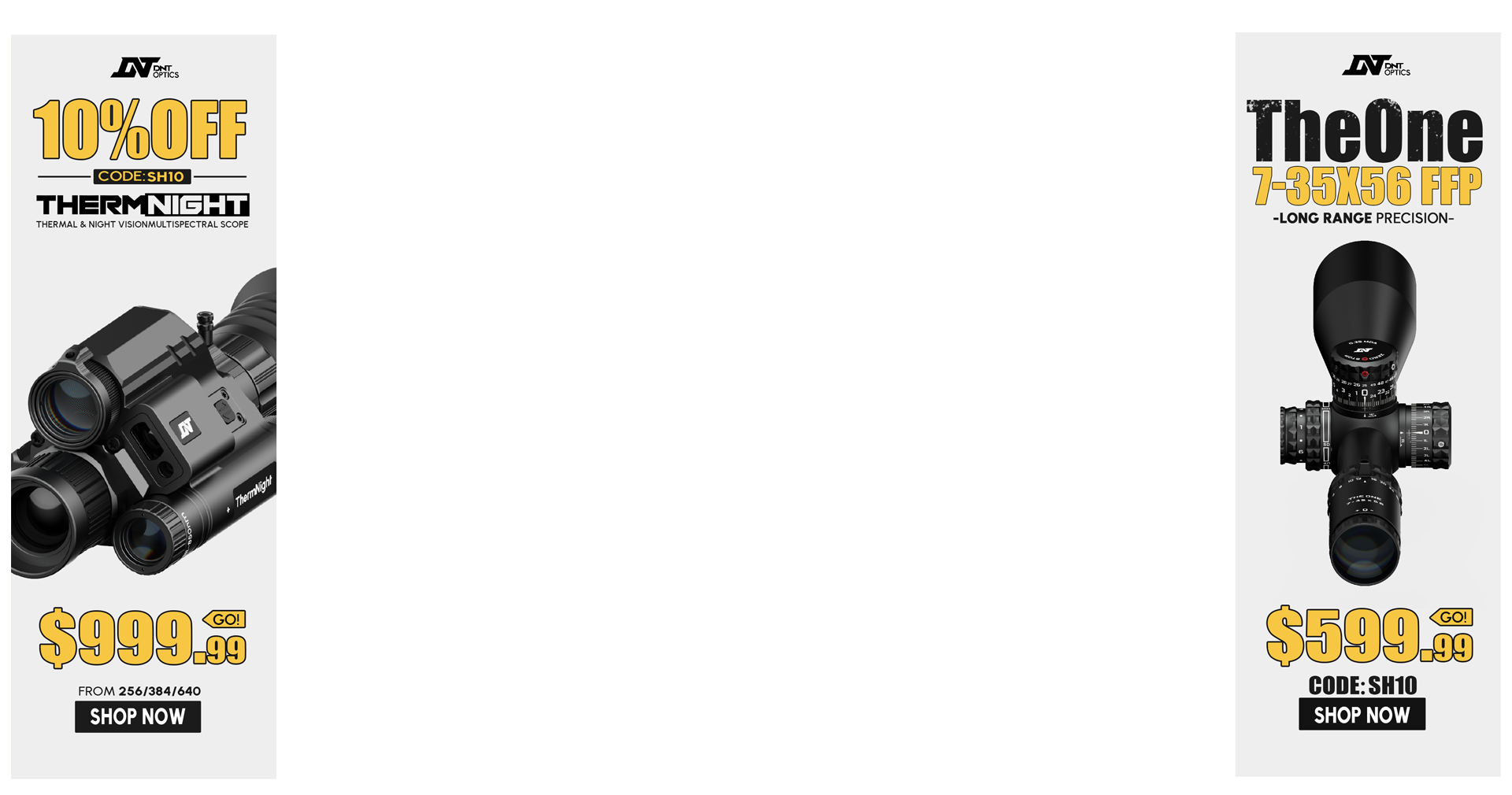I am loading up some 308 with 175 smk for a ladder test using IMR 4895 powder. Two of my reloading books (Hornaday and RCBS) have a start throw of 33 grs but When I reference the IMR site the start throw is 41, My Hornaday book is showing the 41 in red. My test is in .5 grs increments with the last four rounds 38.5 - 41.0 marked red so I remember to inspect for any over pressure issues. The IMR site shows a 45 c grs as red. Does anyone have experience with this powder in a bolt gun and should I add a few more rounds above the 41 grs with carful inspection after each.
The rifle is a Savage BA 110
The rifle is a Savage BA 110


